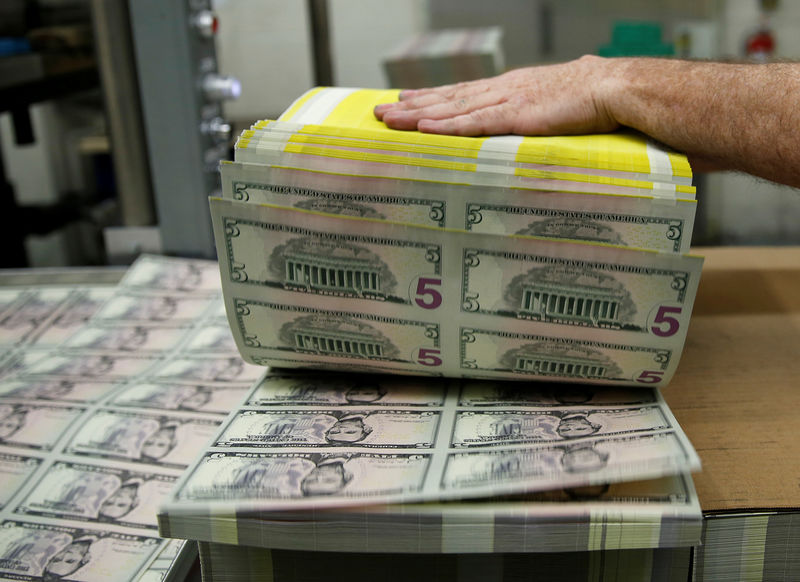(Bloomberg) -- The dollar is facing renewed questions about its status as the globe’s primary reserve currency.
The greenback accounts for more than 60% of global reserves and is the most widely used currency for international transactions. But it risks ceding ground to the euro after European Union leaders agreed on a 750 billion euro ($860 billion) stimulus package that enhances the appeal of the shared currency and euro-denominated assets, analysts from Credit Agricole (OTC:CRARY) and Mizuho International Plc said.
Wall Street strategists were already becoming more enthusiastic about the shared currency, betting that it will strengthen as the global economy rebounds from the pandemic and investor appetite for riskier assets picks up. The euro’s strong correlation with equities suggests it may climb as the recovery fund makes the region’s stocks more attractive. And under the accord, EU nations will jointly issue debt that could offer an alternative to U.S. Treasuries as a haven.
The recovery fund “will facilitate diversification out of the U.S. dollar by offering liquid, high-rating, euro-denominated debt,” said Credit Agricole’s Valentin Marinov, adding that the dollar’s share of reserves could revisit its lows from the early 1990s.
The euro on Tuesday touched $1.1540, the highest level since January 2019, and is now up almost 3% this year.
The shared currency still has some major hurdles to overcome before it dents the dollar’s dominance. About 85% of all foreign-exchange transactions occur against the greenback, while half of international trade is invoiced in it, according to the Bank for International Settlements.
And the euro still only makes up about 20% of global foreign-exchange reserves. That figure peaked at about 28% in 2009.
Lift-Off Path
Still, long-time dollar bear Ulf Lindahl, chief executive officer of A.G. Bisset Associates and a more than 40-year veteran of the currency market, projects the euro will rise by more than 30% against the dollar in the next 16 months. After breaching $1.14 earlier this month, it’s on a “clear lift-off path” against the dollar, and its outlook is “even stronger now,” he said.
And should the recovery fund quell concerns that the euro region could even break up at some point, more economic activity will be executed in euros, according to Peter Chatwell, head of multi-asset strategy at Mizuho.
“Over the medium term, the recovery fund does indeed pose a strong challenge to Treasuries and the dollar,” he said.
©2020 Bloomberg L.P.
